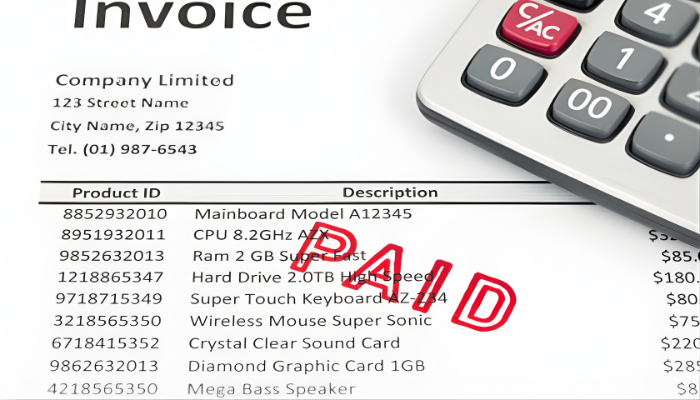
Every business owner knows that December has a way of sneaking up fast. Between finishing projects, managing holiday slowdowns, and prepping for tax season, cash flow can easily slide to the back burner — until it becomes a fire drill. The good news? A little preparation now can go a long way in keeping next year calm, steady, and financially sound.
A strong start to any new year isn’t about working harder; it’s about planning smarter. This guide walks you through what to review now so you can head into January confident, organized, and ready for steady growth.

Look Back Before You Look Ahead
Before setting goals for the upcoming year, take a clear look at the year that has just passed.
Pull the past 12 months of receivables and payables. Where did delays happen? Which clients paid late? When did expenses spike?
Understanding these trends helps you forecast your “slow zones” and plan funding or savings around them.
Pro Tip: Review your financials like a project post-mortem. What went smoothly? What caused stress? Those patterns tell you exactly where to focus next year.
Why it matters: According to the Federal Reserve’s 2024 Small Business Credit Survey, 51% of small employer firms cited uneven cash flows as a major operational challenge. The more insight you have, the more control you keep.

Clear Up Receivables Before the Calendar Turns
December can be tough for collections; clients are distracted, offices close, and invoices get lost in the shuffle.
Send reminders early. Offer small early-payment incentives if you can. Switch to digital invoicing so payments land before the holidays.
If you’re still waiting on slow-paying customers, invoice factoring can keep your momentum going.
It’s not debt, it’s simply converting unpaid invoices into working capital, often within 24–48 hours. That’s cash you’ve already earned, put back in your hands faster.
Resource: Learn how invoice factoring can improve cash flow without disrupting client relationships. →

Forecast January Expenses Now
A smooth January starts with knowing what’s coming. List your fixed costs: payroll, insurance renewals, taxes, inventory restocks, and vendor payments. Then estimate your first-quarter income based on recent patterns.
When you see the whole picture, you can plan coverage confidently instead of reacting under pressure. Not sure which forecasting tools might work for your business? Have a look at these tools.
Pro Tip: Line up short-term working capital before year-end; it’s one of the smartest ways to avoid last-minute stress. If you’re exploring options, check out How Alternative Financing Supports Smart Growth for ideas that help your business stay flexible.

Strengthen Your Funding Strategy for Flexibility
Traditional long-term loans don’t always fit short-term cash needs. Instead, use tools that flex with your business:
- Invoice Factoring: Turn outstanding invoices into immediate cash flow. Learn how it works in our Small Business Owner’s Guide to Financing Accounts Receivable. →
- Asset-Based Lending: Use your existing equipment, inventory, or receivables as collateral to access a revolving line of credit. Learn more about Asset-Based Loans. →
- Purchase Order Funding: Cover supplier costs on large orders without tying up your own capital. Explore how it works in our Purchase Order Financing Guide. →
Each of these options can help you stay agile, keeping projects, payroll, and opportunities on track without adding long-term debt.

Invest in Skills That Strengthen Your Business
As you plan for the new year, it’s not just your balance sheet that deserves attention; it’s your skills, too. Whether you’re looking to sharpen your financial literacy, expand your digital reach, or help your team grow into new roles, investing in education always pays long-term dividends.
If you’re ready to start building your business toolkit, here are some reputable (and many free) resources worth exploring:
- SBA Learning Platform – Free courses for small business owners on planning, marketing, and financing.
- Harvard Online Business Courses – Flexible business, finance, and leadership courses.
- Google Digital Garage – Digital marketing and analytics training built for business owners.
- Coursera: Small Business Courses – Free and low-cost options from universities worldwide.
- University of Houston SBDC Webinars – Practical, local learning for entrepreneurs.
Pro Tip: Treat education like an investment in working capital. The more you know, the more efficiently you can run your business and spot opportunities early.
Frequently Asked Questions About Year-End Cash Flow Planning
Q: When should I start planning my year-end cash flow?
A: Ideally, start your review in early Q4. That gives you time to collect invoices, manage receivables, and make any last-minute adjustments before the calendar closes. The earlier you start, the more flexibility you have to make smart decisions.
Q: How can I improve cash flow before the new year?
A: Focus on collecting outstanding invoices, reviewing expenses, and identifying upcoming costs like payroll, insurance renewals, and taxes. If client payments are delayed, tools like invoice factoring can help you access cash you’ve already earned instead of waiting for payments to clear.
Q: What’s the difference between invoice factoring and a loan?
A: Invoice factoring isn’t a loan; it’s a way to convert unpaid invoices into immediate working capital. There’s no added debt or long-term repayment. You’re simply getting faster access to funds that are already yours.
Q: Why is year-end cash flow planning so important?
A: Strong year-end planning helps you start the new year with momentum instead of scrambling to cover early expenses. Businesses that plan ahead can handle tax deadlines, supplier payments, and new opportunities without unnecessary stress.
Q: How does investing in education fit into financial planning?
A: Developing your skills as well as your team’s skills strengthens every part of your business. The more informed you are about financial tools, digital operations, and leadership, the better equipped you’ll be to manage cash flow and long-term growth.
End the Year Organized and Optimistic
Closing out the year cleanly doesn’t just tidy your books; it clears your head. When you know exactly where your cash stands, you start the new year with confidence, not concern.
Businesses that treat cash flow as part of their strategy, not an afterthought, enter the new year ready to grow, not just get by.
Because strong planning isn’t about predicting the future; it’s about preparing for it. And if you’re looking for thoughtful ways to strengthen your cash flow strategy for the year ahead, we’re always here to help you think it through.















